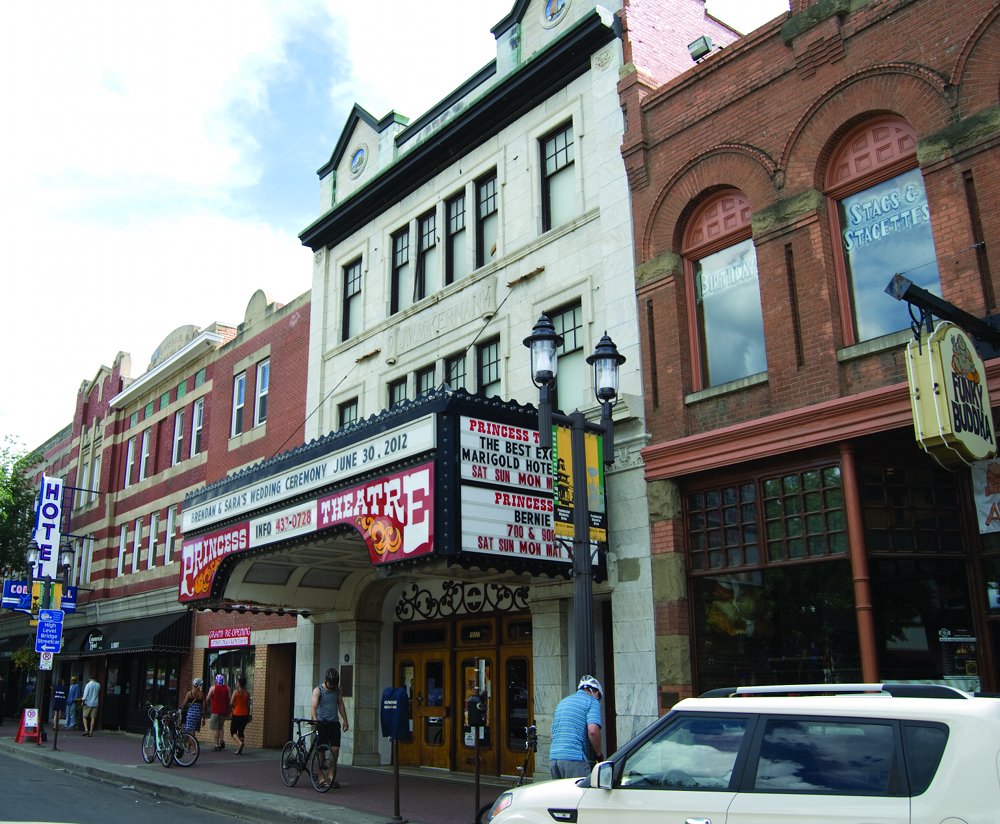At 24, Mark Anielski moved into an 11th floor apartment just off Whyte Avenue, and hasn’t thought about living anywhere else but Strathcona. Not even at 39, when a San Francisco institute wined and dined his family, and tried to convince him to move to Market Street and direct a new think-tank based on the well-being indexes he studies.
“Everything is within walking distance,” says Anielski, the author of The Economics of Happiness, who now lives in a century-old Mill Creek house. “I can bike almost anywhere, I can work at home, I’ve got great neighbours, we can walk our girls to school.”
In a word, it’s convenience, which harkens back to the area’s history as the Cree people’s buffalo run. “It meant the food came right to your door,” says Anielski.
This year marks 100 years since the old town amalgamated with the City of Edmonton. Today, boutiques, bistros, bars and a bustling farmers’ market – all the hallmarks of Whyte Avenue and area – make it self-sustaining, while the dense population of 9,000 makes it perfect even by the standards of ancient Greek city planner Hippodamus, who said the ideal state consisted of 10,000 citizens. But few remember that Edmonton’s best neighbourhood almost never was.
In the 1970s, the City of Edmonton almost pushed a freeway through Strathcona, across the river valley and to the increasingly vertical downtown.
“There’s still a big clump of dirt by the Walterdale Bridge from beginnings of development,” says Shirley Lowe, former executive director of Old Strathcona Business Association, who in September left it to become an independent consultant. She ran the organization for 11 years.
At the time, the neighbourhood was derelict, less a place to take a date than to pawn her bike. You can see images of the area’s sleazy squalor in David Cronenberg‘s 1979 drag racing film,Fast Company. “The buildings were falling apart and nobody cared because this was the era of the cosmopolitan city, where things were supposed to be glass and shiny, and this place was not,” she says.
